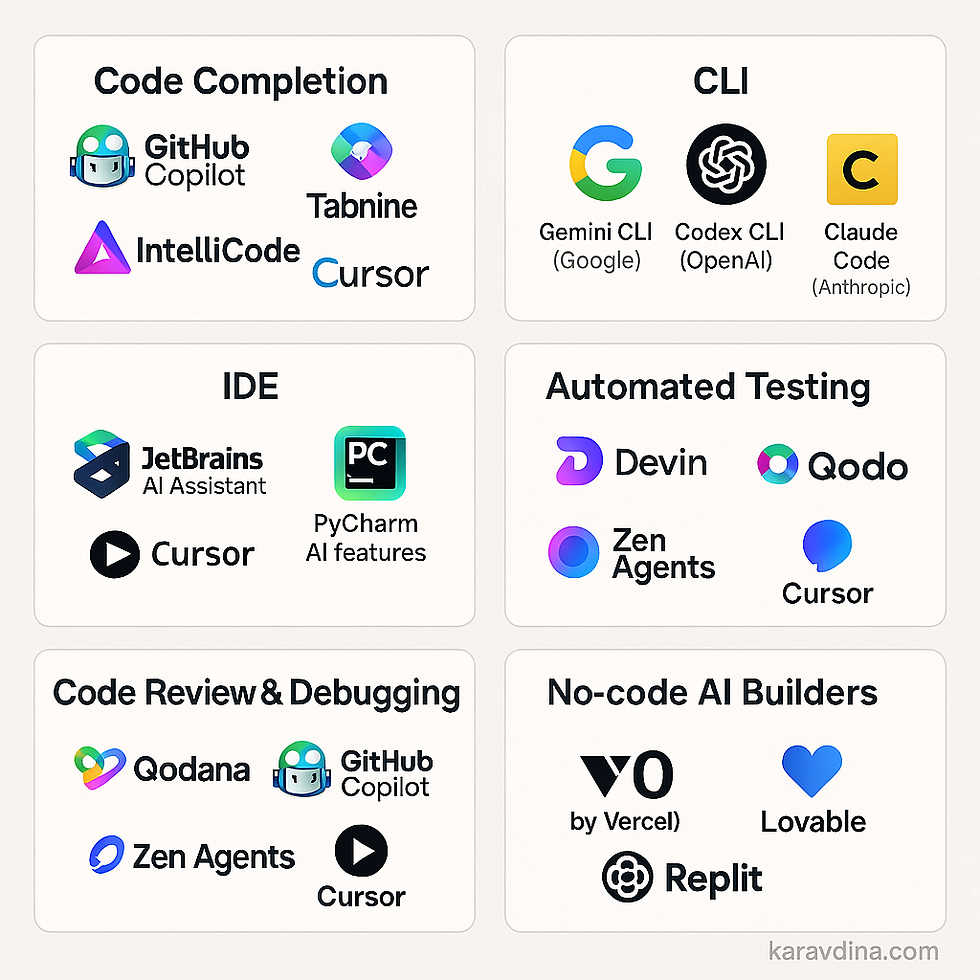Work-life balance it replaced by work-life blending
- Anastasia Karavdina
- Dec 15, 2024
- 2 min read

(picture by Maria Kostyleva, IG: masha_and_film)
During this year I had some weird health issue and in attempts to understand what is it spent quite some time in various waiting rooms. Before you start to worry, nothing serious was found. I've got a prescription for a med one can buy in dm, between hair-shampoo and sanitary pads. So, it seems nothing deadly. Every time, sitting in a waiting room during the normal working hours, I was feeling quite bad. Despite the fact, that I worked early morning or/and stay late in the evening to fulfill my commitments, I felt quite guilty for not working during the time when other people work.
And then I've heard a term "work-life blending" and it made so much sense to me and was such a relief, that now I want to share it with everyone! 8-)
Instead of trying to clearly separate “work time” from “personal time,” professionals practicing work-life blending allow these spheres to overlap naturally. This might mean taking personal calls during a work break, visiting a doctor during the "normal working hours" and completing work tasks after typical business hours if that fits personal rhythms better, or being flexible about when and where work happens. The idea is that by removing strict boundaries and embracing the flow of daily demands, you can achieve a more sustainable and personally satisfying way of managing your responsibilities.
However, work-life blending can be both empowering and challenging. On one hand, it offers greater autonomy, flexibility, and can reduce the stress of feeling like you must keep your professional and personal worlds entirely separate. On the other hand, it may blur boundaries in a way that makes it hard to fully disconnect, potentially increasing the risk of burnout. Successfully adopting a work-life blending model typically involves developing strong time-management skills, setting certain “soft” boundaries (like designating device-free times or personal pockets of the day), and maintaining open communication with managers, teammates, friends, and family about availability and expectations.
Another key element of work-life blending is learning to manage your energy rather than strictly watching the clock. Instead of measuring productivity in terms of hours logged, you can aim to focus on tasks during periods of peak energy and creativity, and take breaks when your mental or physical reserves dip. By paying attention to energy cycles—your personal ebbs and flows—you can accomplish more with less effort and reduce feelings of depletion. This approach can also provide space for activities to restore your energy, such as short walks, mindfulness sessions, or connecting with loved ones, allowing you to stay engaged and effective across both work and personal pursuits.



Comments